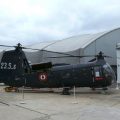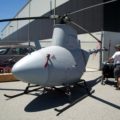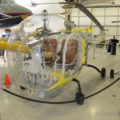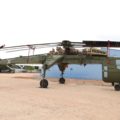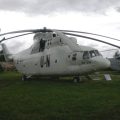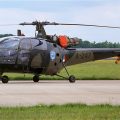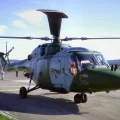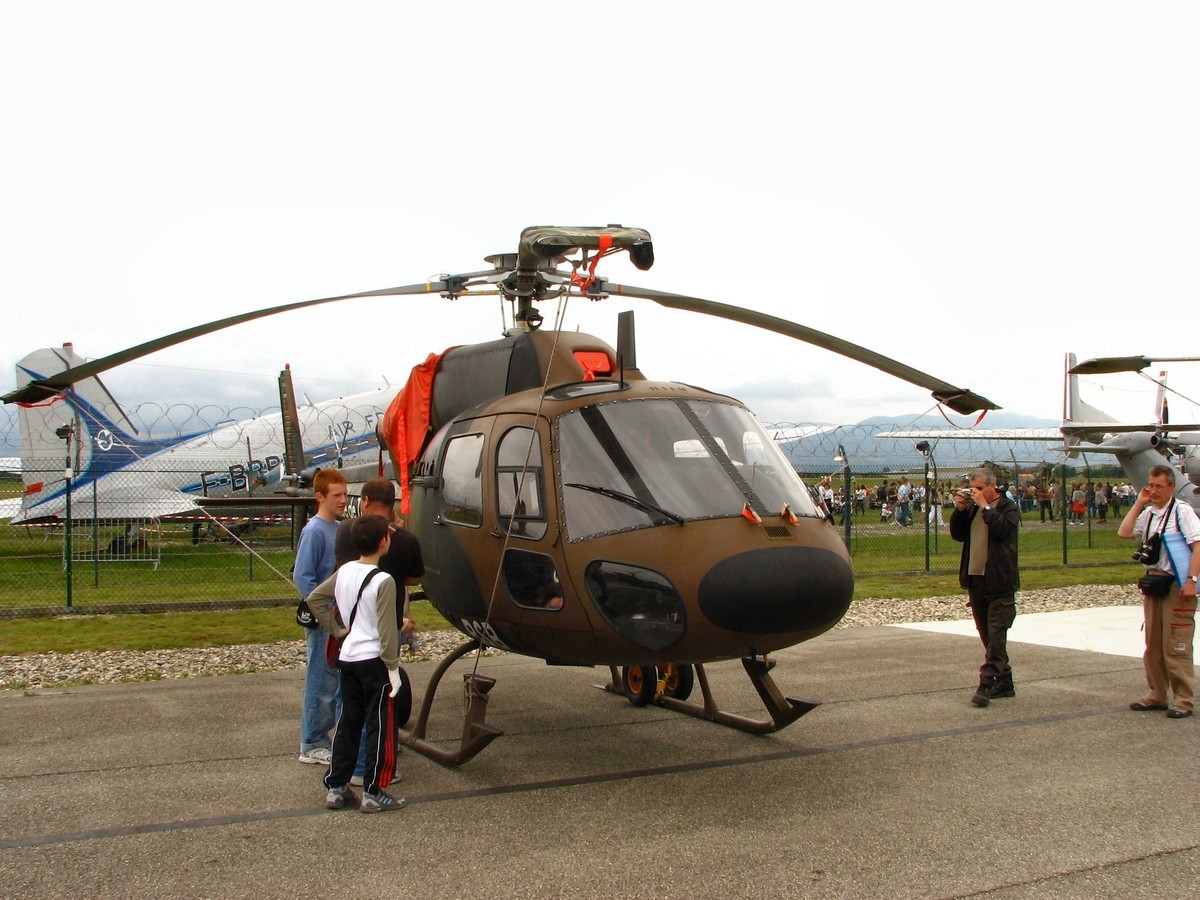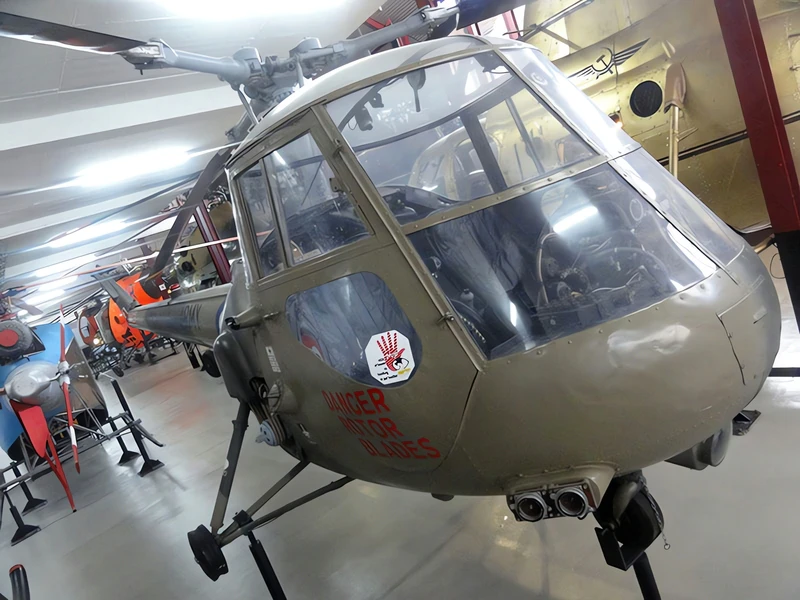
Saunders-Roe Skeeter | |
|---|---|
| Paese | Regno unito |
| Ruolo | Allenatore, Scout |
| Prima mosca | 10 ottobre 1948 |
| Costruito | Inconsapevole |
Le Samtigemeieimei was a two-seat training and scout helicopter that was developed and produced by British manufacturer Saunders-Roe (“Saro”) of Cowes and Southampton, in the United Kingdom. Work on what would become the Skeeter had been commenced by the Cierva Autogiro Company as the Cierva W.14. Following Saunders-Roe’s take over of Cierva, it was decided to continue its projects, including the Skeeter. Despite an initial preference for the rival Fairey Ultra-light Helicopter, which had already been ordered, there was a reversal of fortune when interest from the Bundeswehr in the potential procurement of a large number of Skeeters. This led to the British order for the Ultra-light Helicopter being cancelled and the Skeeter effectively taking its place, which also served to guarantee an export order from Germany.
| Saunders-Roe Skeeter Walk Around | |
|---|---|
| Fotografo | Meindert de Vreeze |
| Localizzazione | Inconsapevole |
| Foto | 46 |
Vedi anche:
Le Samtigemeieimei was a light helicopter developed by the British company Saunders-Roe in the 1950s. It was designed to meet the requirements of the British Army and Royal Navy for a small, versatile aircraft that could perform reconnaissance, liaison, observation, and training missions. The Skeeter had a two-seat cockpit with a bubble canopy that provided excellent visibility for the pilot and passenger. The helicopter was powered by a de Havilland Gipsy Major engine that drove a three-bladed main rotor and a two-bladed tail rotor. The Skeeter had a tubular steel frame with fabric-covered metal panels for the fuselage and tail boom. The landing gear consisted of two skids with shock absorbers.
Lo Skeeter volò per la prima volta nel 1948 come Saro P.531, e subì diverse modifiche e miglioramenti nel corso degli anni. La versione finale, lo Skeeter Mk.12, entrò in servizio con l'esercito britannico nel 1958 e fu esportata anche in Germania, Australia e Giordania. Lo Skeeter è stato utilizzato per vari ruoli come l'avvistamento dell'artiglieria, l'evacuazione delle vittime, la guerra anticarro e la fotografia aerea. Lo Skeeter fu anche il primo elicottero ad atterrare su una nave in movimento, quando atterrò sulla HMS Bulwark nel 1958. Lo Skeeter fu ritirato dal servizio alla fine degli anni 1960 e sostituito da elicotteri più avanzati come il Westland Scout e il Bell Sioux.
Punti di vista : 877



